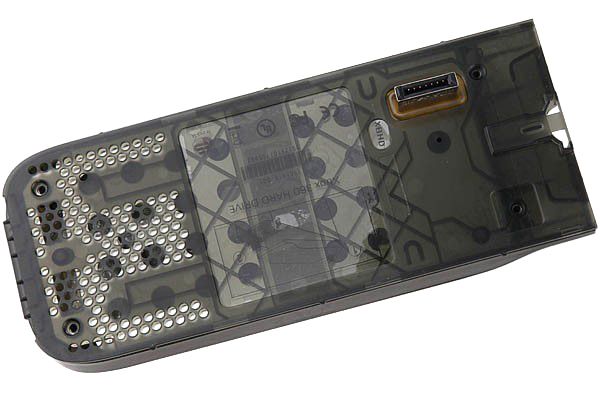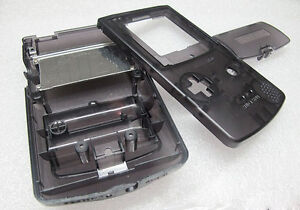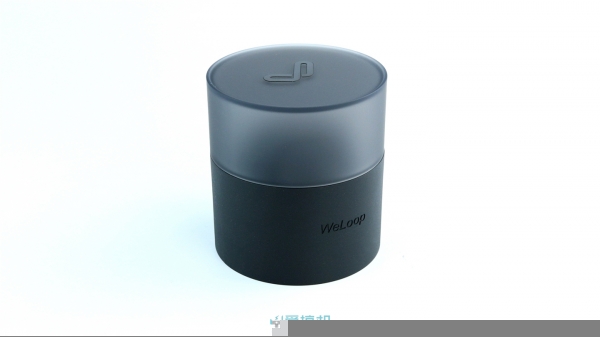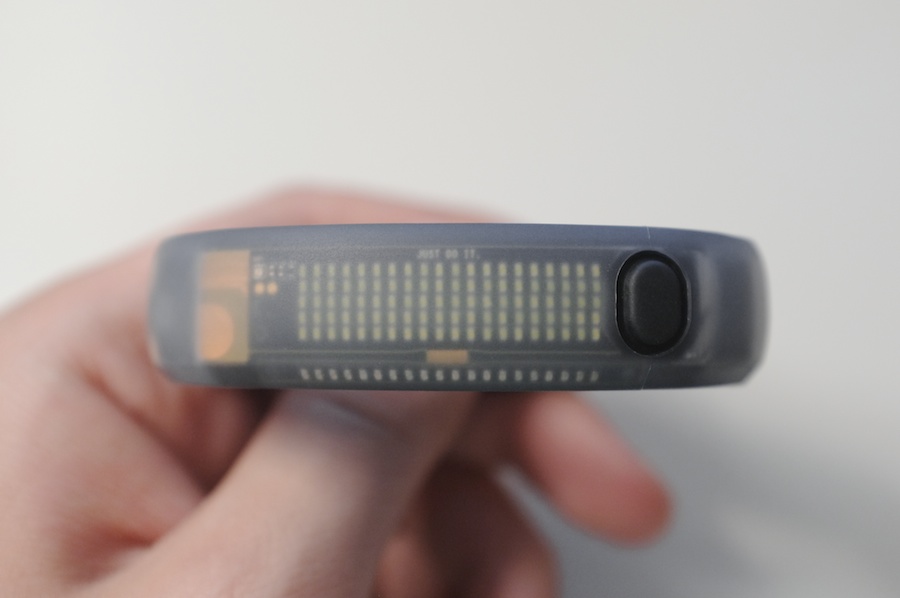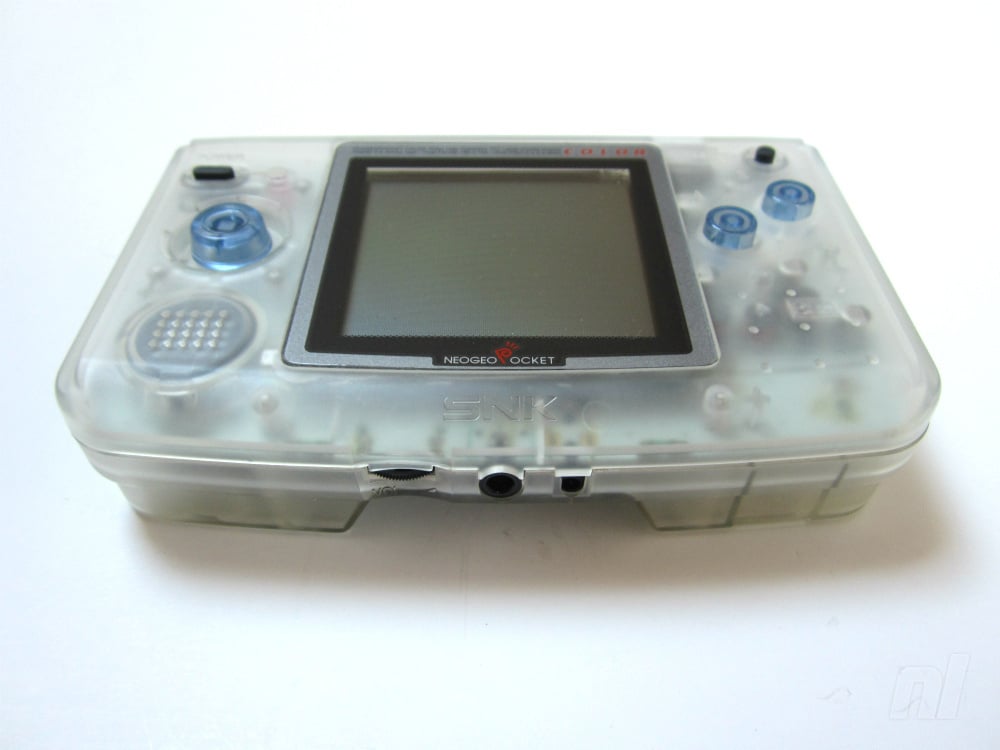Actually, one of them still is a combo port:
The blue one which looks like a USB 3.0 port can't support USB 3.0 with the current SoC, the OMAP5432. Instead, the extra lines the port has are used to give eSATA capabilities, but because USB 2.0/eSATA combo ports are not produced anymore, this had to be used as a solution. It sadly still needs an proprietary adapter to be used as a eSATA port, and this adapter has all the hardware on it to translate the signal so the SoC understands it. But it is full speed, though I don't know by which SATA standard. The good thing about this proprietary mess: If there ever is a new SoC that supports the USB 3.0 port, it can be used as one in the future.
The other USB port, the grey one, is just a normal USB 2.0 port. It would be confusing to colour it the same way as the combo port or to give it connections it can't actually use and most times, you can only get blue USB 3.0 ports and grey USB 2.0/1.1 ones.
It has all logic applied to it, though it's not very obvious if you don't read every piece of information on it.
Edit: According to
Wikipedia and
some reseller of a dev board, it's SATA 2.0. Which is weird, as the SATA 3.0 standard was already released for a couple of years when the OMAP5 probably got its development started and as a mobile processor, it should be normal to connect SSDs to it instead of harddrives. What a shame.




